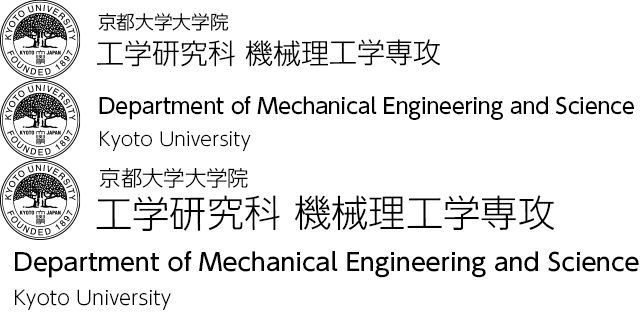Home

Long ago, when humans began to walk upright, they carried tools in their hands. Tools served as extensions (instruments) of the human hand. Over time, tools evolved, and even functioned separately from the human hand. At this stage, they came to be known as machines. Machines thus act as extensions of the human body, created to realize the functions that humans require. However, the functions required by humans today are very different from those required 10 years ago, and the machines that deliver these functions have also changed. While the powerful turbines of power plants that produce electric power on a massive scale or the linear motor cars that travel at 500 km/h are still clearly recognizable as machines, new technologies such as fuel cell systems and functional nanostructures, which do not exhibit any visible motion, as well as new concepts like intelligent soft systems, can also be regarded as extensions of the human body—despite the fact that they do not appear as machines in the traditional sense. "Mechanical engineering" is activity that is continually broadening the horizons of "machines".
Mechanical engineering is the study of physical systems, from the microscopic to the macroscopic, for the purpose of developing and advancing technologies to benefit humans in areas relating to production processes, energy, the environment, lifestyles, life, living organisms, and medicine. The disciplines that serve as its foundation include the mechanics of materials, heat and fluids, as well as solid-state physics, mechanical dynamics, vibration engineering, and control engineering. Furthermore, this foundation requires the application of engineering concepts relating to the design, manufacture, evaluation, diagnosis and control of mechanical systems and their component elements.
The Department of Mechanical Engineering and Science pursues broad-ranging research and education on themes aimed at cultivating insight and knowledge in all of these disciplines, for the purpose of promoting a harmonious coexistence between humans and nature. It also strives to train technologists and researchers equipped with the skills to define and develop solutions to challenging problems, leadership abilities, and the ablity to respond flexibly to the demands and expectations of society, industry, and academia.
The Department of Mechanical Engineering and Science comprises six basic chairs— Design Systems Engineering, Manufacturing Systems Engineering, Material Mechanics, Fluids Engineering and Science, Material Engineering, and Mechanical Dynamics—as well as two cooperating chairs, Bioengineering and Radiation Material Science. Organically linking these 18 fields, the department pursues fundamental and leading-edge research and education.
